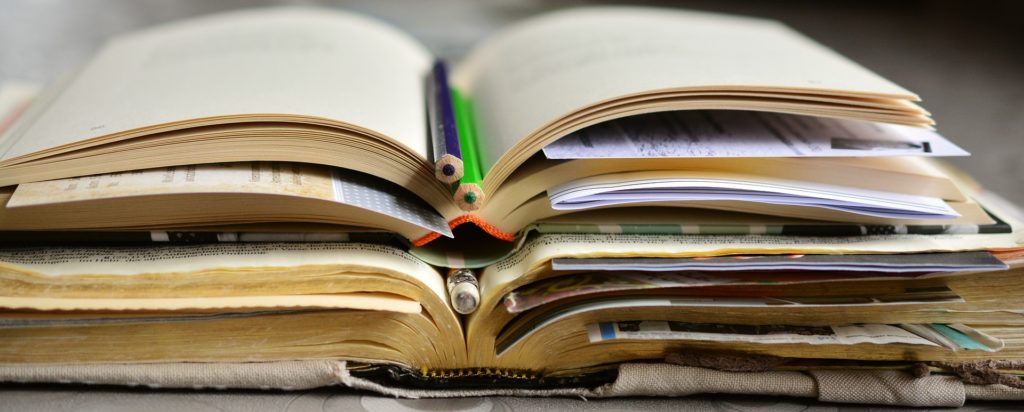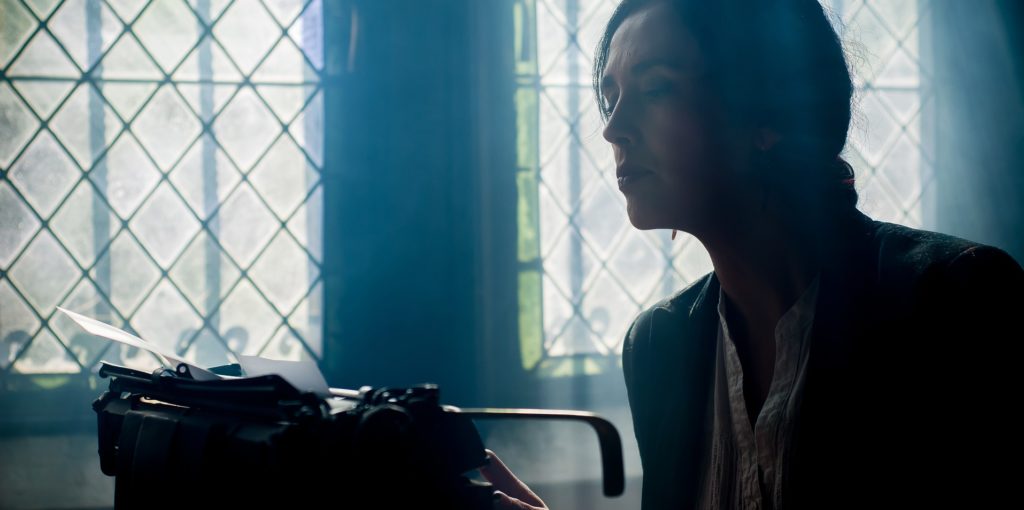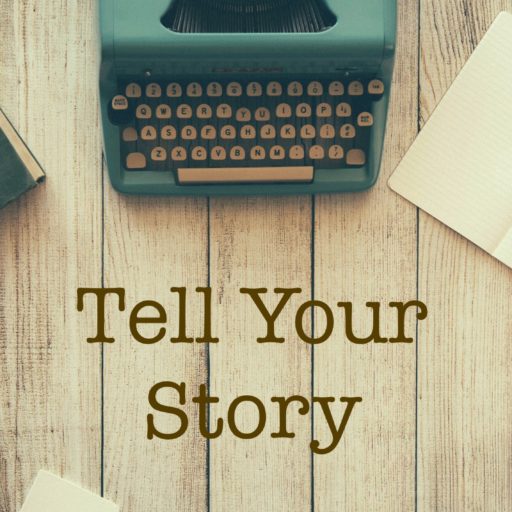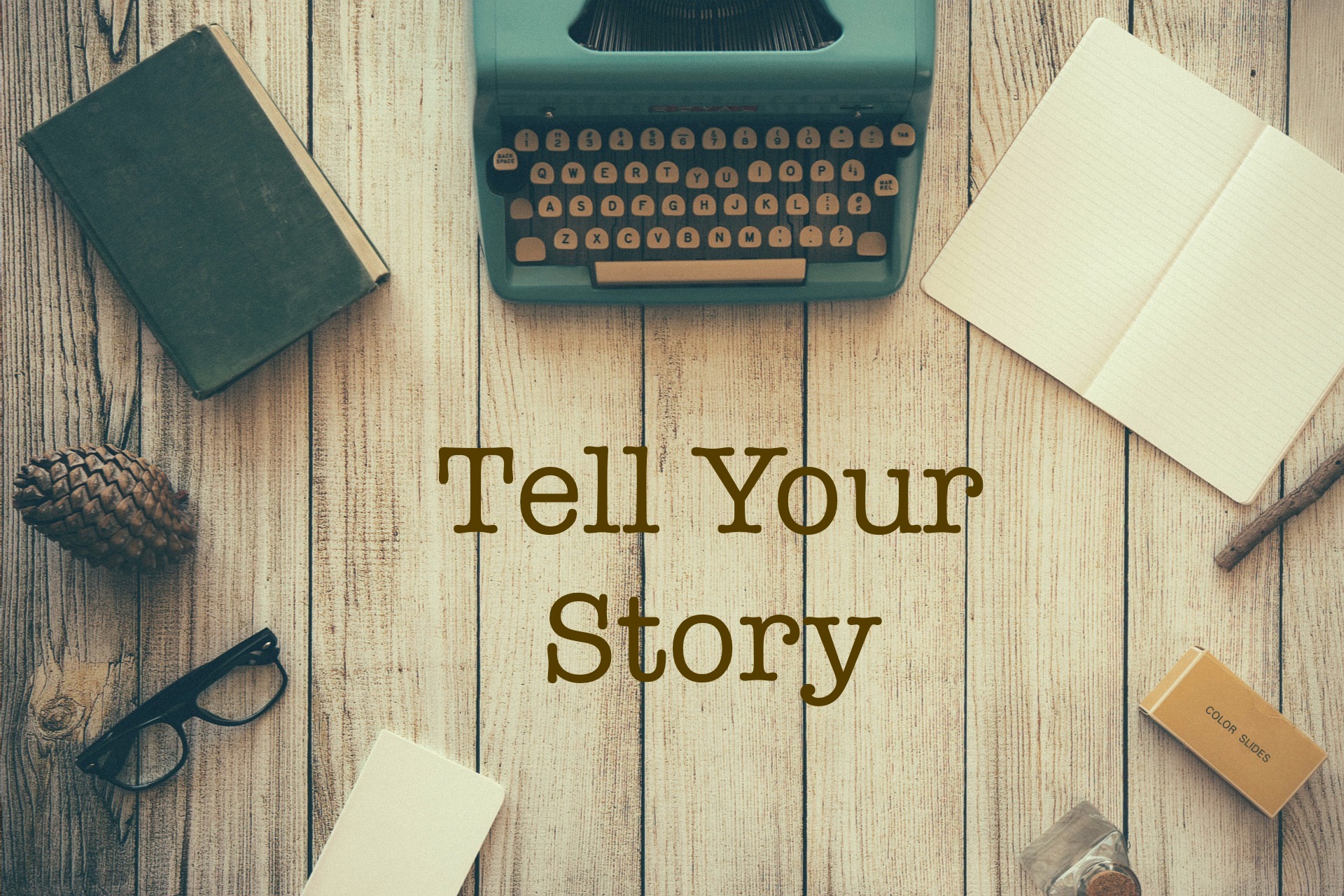Have you ever asked the question: What genre is my children’s book?
More than once I have had a client send me a fantastic story tucked into the wrong format…and when I ask them about it, inevitably they ask me, “So, what genre is my children’s book exactly?” It’s easy to see how this happens when we are talking about children’s books. Surprisingly they are one of the more complicated formats––with so many sub-categories and target age groups and guidelines––even seasoned writers get a little confused as to which category their story fits. Even I get confused at times with all the (ever-fluctuating) industry standards. Although the formats can feel confusing, they are manageable, and in this article we are going to look at all of the main children’s book categories in order to grasp some standards and write our own children’s books in the most effective ways possible
Additionally it’s easy to confuse the formats with genre so let’s settle that first since many times people use the words interchangeably when talking about children’s books. If you are asking about the genre of your children’s book then you are wondering if your book is fiction, non-fiction, fantasy, etc. However, when I get the question: What genre is my children’s book? more often than not people are asking in which category does their book belong––which age group will be reading it––and that is what we are going to look at here.
This is a great resource for anyone new to writing children’s books, for authors who plan to self-publish, and for educators. It’s important to remember that these are guidelines, and sometimes it’s okay to break the rules. However…
The Golden Rule
There is one kids book golden rule that is rarely broken, and it goes a little something like this:
Children want to read stories about other children who are a little bit older than themselves.
This means if your protagonist is ten-years-old your readership is likely seven- to nine-year-olds.
One of the best examples I can recall that breaks this rule and does it spectacularly is found in Philip Pullman’s His Dark Materials trilogy where the protagonist, Lyra, is eleven-years-old. The fantasy trilogy, however, was marketed as a young adult book series. (But fantasy is good at breaking the rules, right?)
So, keeping the golden rule in mind, let’s look at the individual formats.
Children’s Book Categories

Board Books
Target Ages: 0–5 years
Target Word Count: less than 300
Board books are those tough little things you give to the smallest of readers. Often ten or less pages, they are made from thick cardstock or cardboard, and target children 0–4 years old. These books are heavy duty, light on text and have a lot of illustration. In fact, many times a board book will contain no more than 10–20 words total. Board books are meant to be read to children who are early emerging readers, meaning they are listening to the story, but board books are also meant to be chewed on, slept with, and treated as a toy.
Board books will often cover early learning concepts such as opposites, counting, letters, feelings, or simple family dynamics. They may or may not span time, and if they do, it will be no longer than a short period, definitely less than a day. Sometimes board books will not tell a story, but rather follow a theme. For example, the pages may simply list a color and have an accompanying illustration.
Picture Books
Target Ages: 2–7
Target Word Count: 400–900
Most often when people think of children’s books, they are referring to picture books. At standard, picture books are 32 pages long, including the cover pages, introductions, back flaps, and copyright information. Though the standard is 32 pages, they can technically come in page lengths that are any multiples of 8: 16, 24, 32, 40 or 48 pages. They are reliant on both text and illustration and text length can range from 100–1000 words, sometimes more. However, the best picture books are short on text and rely equally or heavily on illustration. Sometimes picture books can cross over into board books and be published in both formats. Picture books are for children aged 2–10 years (at the high end), with an average target age of 2–7 years old.
Picture books talk about universal themes and offer intriguing or kid-relatable situations while challenging the reader’s or listener’s imagination. Themes are approachable and there is usually one main character, one plot, and one story line. Picture books use rhythm and cadence to engage the young listener and they employ repetition. In the book Writing Picture Books, Anne Winford Paul explains that picture books should offer a simple question and answer. This idea holds true for most picture books out there and it’s a great rule of thumb to follow. One theme, one throughline, one main character or idea, with an answer at the end.
Best Examples:
Early Readers
Target Ages: 5–8 years
Target Word Count: 1000–2500
Early readers are books with slightly more text than found in your average picture book. They have 32 to 64 pages, with simple, repetitive text. Usually every page or every other page has an illustration. These books are targeted towards new and emerging readers and often repeat a particular sight word or phrase for these early readers to memorize. They have a simple sentence structure, can be read aloud or silently, and often come in series form.
Topics and themes are lighthearted and books usually explore one idea, subject or theme. Many times books are character based, as seen in the examples below. The word count doesn’t rise above 3500 words on the high end. Sometimes easy readers will have a couple of chapters or sections making it easy for a child to set the book aside for a break if they need to take one. You can find a wide variety of well done non-fiction books in this category as well, such as the National Geographic Little Kids First Big Books series.
Best Examples:
Chapter Books
Target Ages: 7–10 years
Target Word Count: 4000–12000
Some of my favorite children’s books are found in the chapter book format. I like this category because for the first time we start to see subplots and more complex story lines. Before middle grade came along as a category, chapter books were the only bridge to close the gap between picture books and young adult. Many of our classic favorites as adults today are found in this format: Charlotte’s Web, The Best Christmas Pageant Ever
, and basically anything by Roald Dahl.
This format is also home to some of those timeless classic series like the Magic Tree House
books.
Chapter books will have few to no illustrations and are typically not much longer than 100 pages. They are for young advancing readers, typically for elementary school aged children. These books can range in difficulty with some offering simple language as one might find in Catwings or Flat Stanley
, to more complex sentence structures and plot lines as found in the examples below. Many chapter books are single character or subject based and they may contain a simple subplot or two.
Chapter books span a wide audience and reading levels vary. For this reason, there really is no average word count within the range. Following the simple idea that should your book be for a younger reader, you will have fewer words, is a good loose guideline to follow. For this category definitely take time to read some comp books before writing your manuscript so you get a feel for the language and length.
Best Examples:
Middle Grade
Target Ages: 8–12 years
Target Word Count: 30,000–50,000
Middle Grade novels can be divided into two subcategories: books for middle grade school children and books for upper elementary school children. They contain longer chapters than found in chapter books, often no illustrations, and can have over 100 pages. Sometimes they can mingle with either chapter books or young adult, but they absolutely deserve a format of their own. The readership is voracious at this age, so series are popular.
It’s hard to say exactly when middle grade novels became ‘a thing’ but it is worth noting it was about the same time as the Harry Potter series emerged; with Harry Potter, for the first time ever, we saw readers growing up with their main character. I’m not attributing the emergence of the middle grade category to the publication of the Harry Potter books, but I do think at that time publishers realized there was a need for a whole new set of books that would reach this since underdeveloped and under-explored market.
Let’s look at the two subcategories in more detail.
Lower Middle Grade
Target Ages: 7–10 years
Target Word Count: 20,000–35,000
Lower Middle Grade is a really fun format to read and explore. The themes will be complex but approachable: no kissing, no gory violence, subtle politics, if any. The stories will have a subplot or two. Oftentimes lower middle grade employees elements like humor or explores factual, science-based ideas or historical events. They are also great candidates for fantasy or magic realism since the readership is in that magical place between childhood and ability to “believe” before teetering into the pre-teen years.
The lower middle grade format is typically under 35,000 words with more like 25,000 as an average.
Best Examples:
Upper Middle Grade, or Tween
Target Ages: 10–13 years
Target Word Count: 45,000–55,000
Upper Middle Grade might be my favorite children’s book format of all. I love that the readership is able to follow complex plots and storylines plus explore more mature themes without getting into quite as much teen angst as we find in young adult. Relationships may hint at romance, but it is still innocent…probably still no kissing. Violence may be present but it does not dominate the story.
The books are a bit longer, up to about 70,000 words max with an average around 50,000. Sometimes this sub-catgory is referred to as ‘tween’ especially when the themes of the book explicitly explore pre-teen related issues.
Best Examples:
Young Adult
Target Ages: 13–adult
Target Word Count: 40,000–70,000
Young Adult books are read by teens ages 13 to as many years as 25 and adults. In fact, the books can cross over into adult literature, especially if they are fantasy or sci-fi based. They have complex stories, plots, and characters and read like an adult novel, but explore issues and topics that teens can relate to. Themes can employee really complex or even difficult subjects such as sex, violence, drugs, abuse, suicide…the list goes on. Not all young adult books will focus on these ideas, but often at least one of them is present since these are real-world issues that teens come face-to-face with on a daily basis.
Word count can go as high as 90,000 but keeping it around 70,000 is a safe bet. Some coming of age classics emerge from this category as well as really fantastic examples of fantasy series.
Best Examples:
Still confused?
It’s important to remember that these are just guidelines. If you plan to stray, have good reason. If you’re still asking the question, what genre is my children’s book? and want a little more guidance, contact me below. I’m happy to help! Sometimes authors have a great idea, a great start…heck, they might even be great writers already, but they just can’t seem to make it work. That’s what an editor is for; let’s talk.














































 Need Help with your Book?
Need Help with your Book?